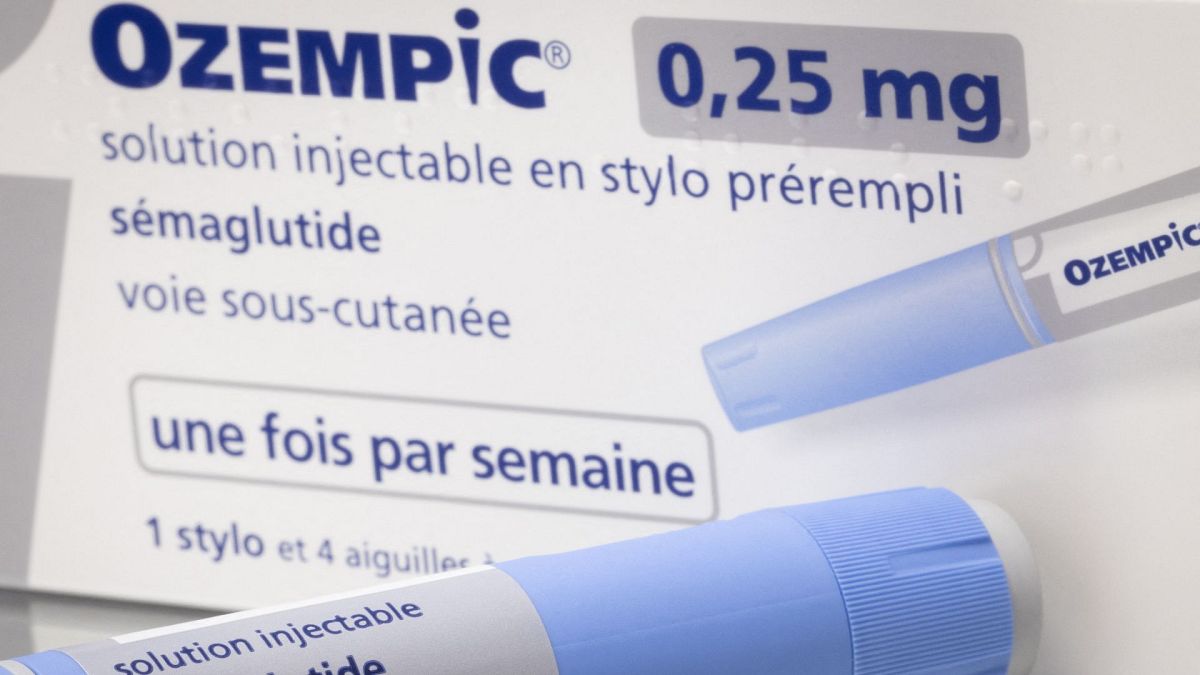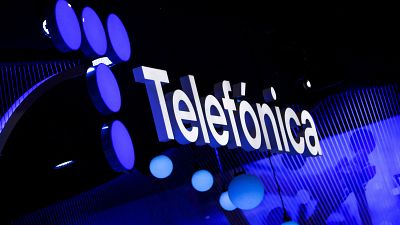Over the first six months of the year, Danish GDP rose by 1.7% year-on-year, according to national statistics, but without the contribution of the pharmaceutical industry, it would have fallen by 0.3%.
With profits soaring and production struggling to keep pace with the exponential demand for anti-obesity drugs, Danish laboratory Novo Nordisk, Europe's biggest market capitalisation, is transforming the Scandinavian country's economy.
"If Novo Nordisk hadn't been there, there wouldn't have been any growth," Las Olsen, chief economist at Danske Bank, told AFP.
Two flagship products are driving the laboratory's growth: the anti-diabetic Ozempic, which is popular on social media, and the anti-obesity Wegovy.
Over the first six months of the year, Danish GDP rose by 1.7% year-on-year, according to national statistics, but without the contribution of the pharmaceutical industry, it would have fallen by 0.3%.
"We've never seen anything like it, it changes the appearance of the economy", said Jonas Petersen, analyst at Statistics Denmark.
As for production, in Denmark it sits at 40% above its pre-pandemic level, according to Palle Sørensen, chief economist at Nykredit bank. "In the eurozone and the United States, we are at the same level as before the pandemic", he said, adding that the post-pandemic recovery is getting stronger.
It's not only government coffers that have benefitted, but also employment rates and shareholders.
As a key player in the fight against diabetes and world leader in insulin, Novo Nordisk is currently profiting from the exceptional growth in sales of anti-obesity treatments, which soared by 157% in the first half of the year.
These results have prompted the company to improve its forecasts. Its sales, worth 176.95 billion kroner (€23.7 billion) in 2022, should rise by 30% in 2023.
For the time being, its market capitalisation of 2,984 billion kroner (over €400 billion) exceeds Denmark's GDP, which stood at 2,832 billion kroner last year.
On 1 September, it overtook the market capitalisation of global luxury goods giant LVMH to become Europe's largest listed company, a position that the French group had held for more than two and a half years.



